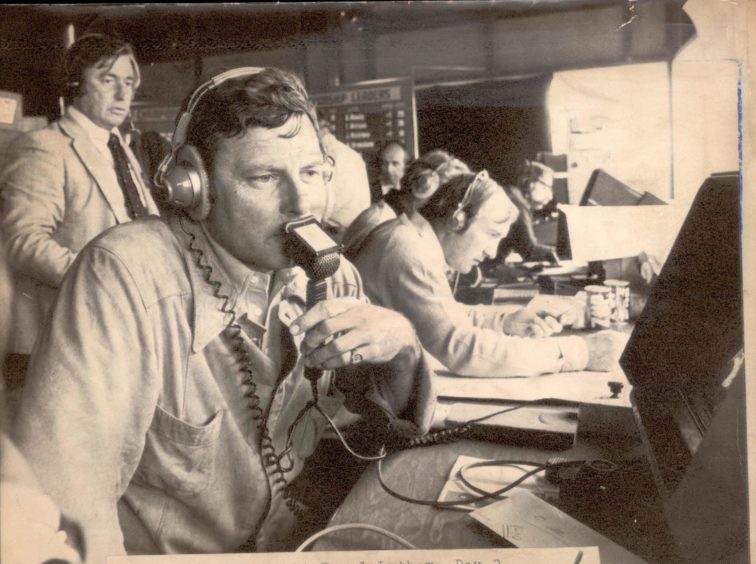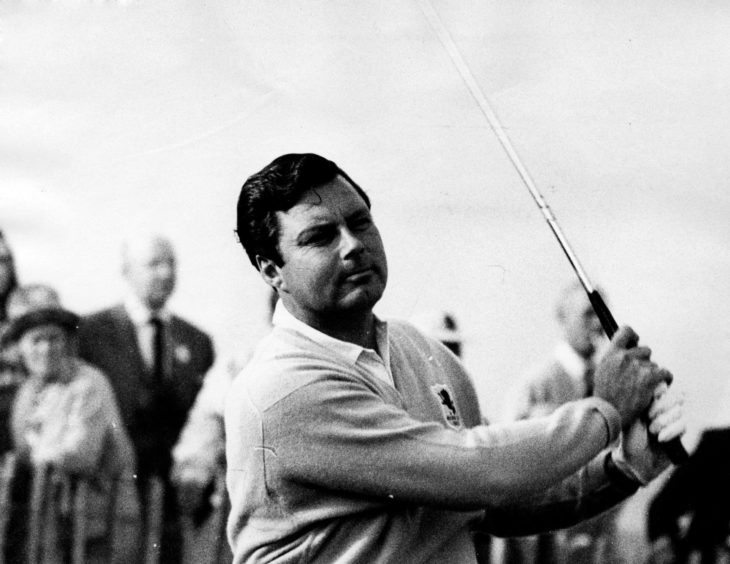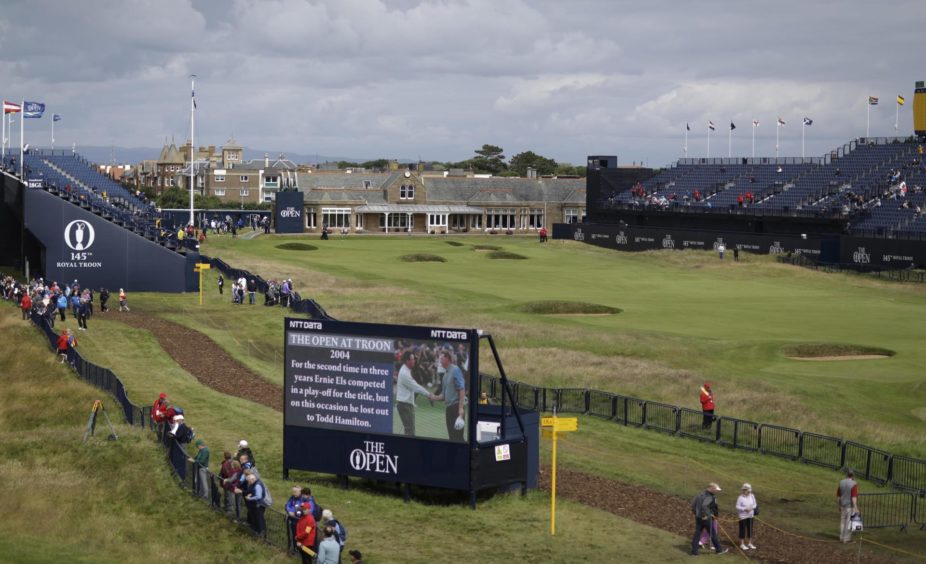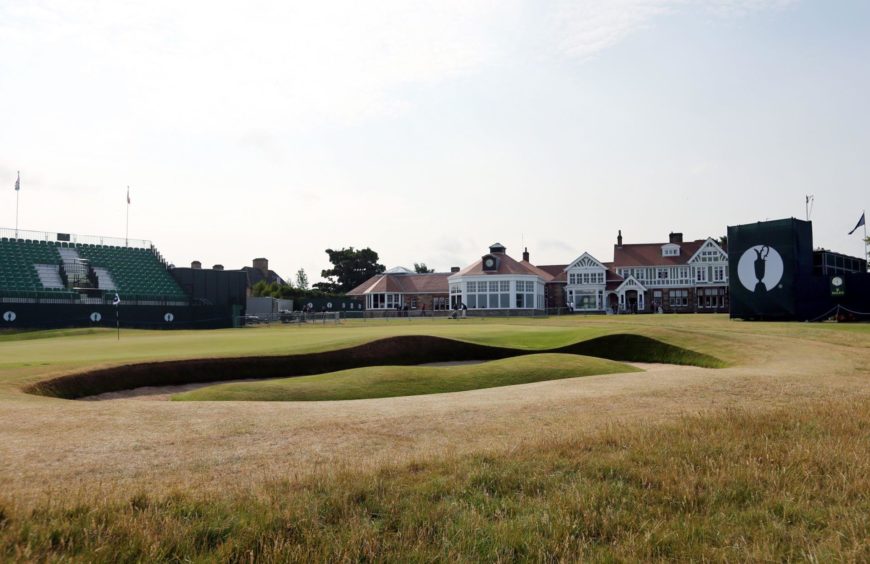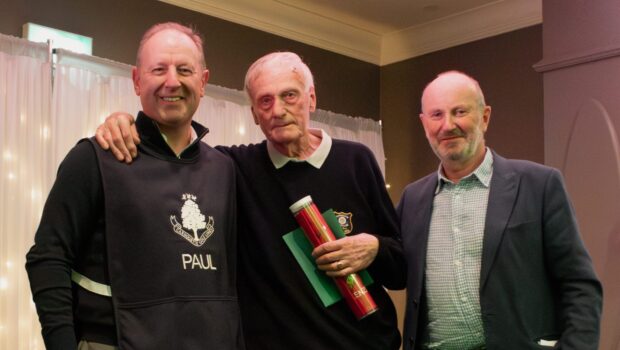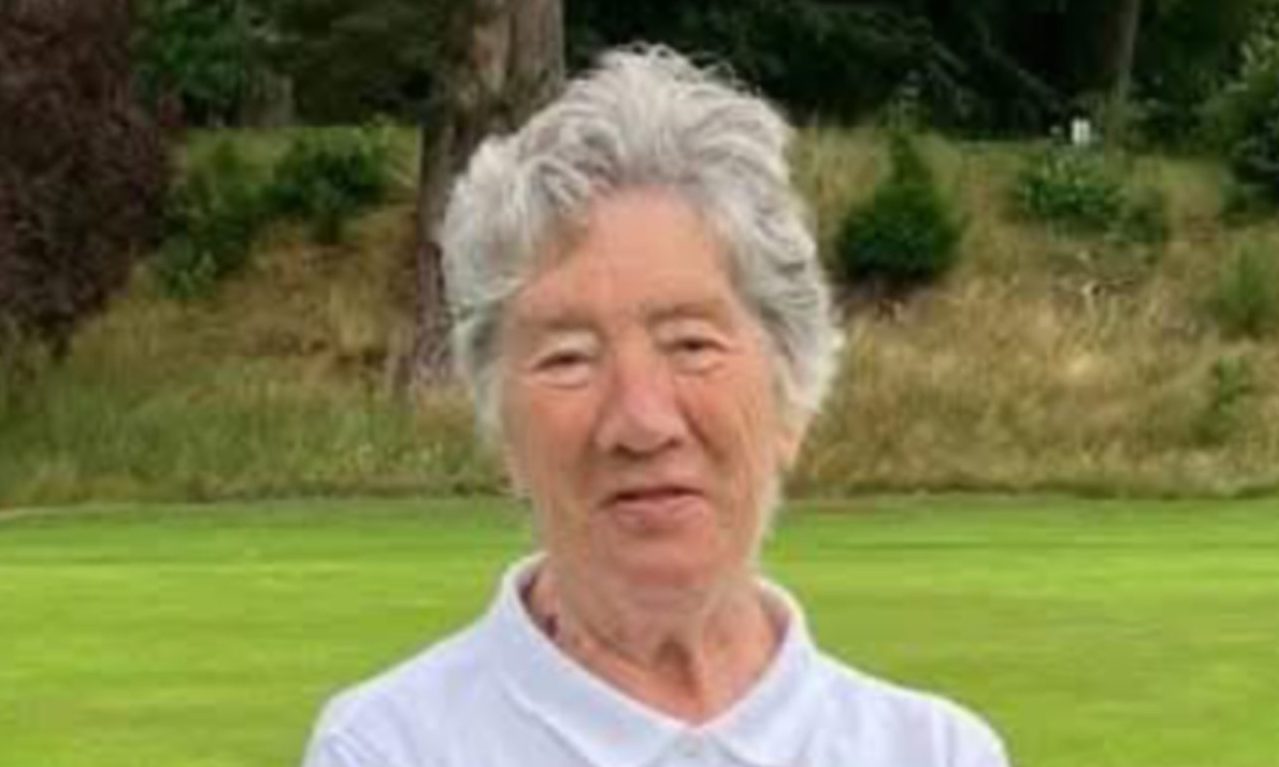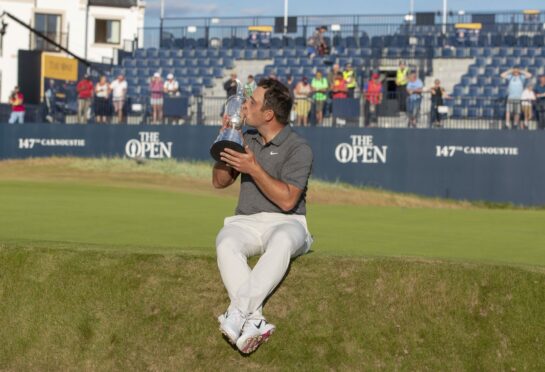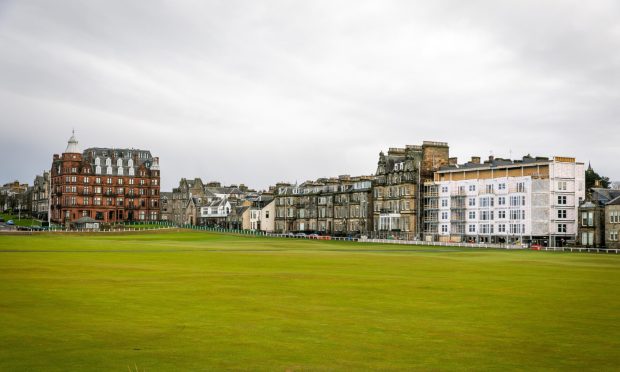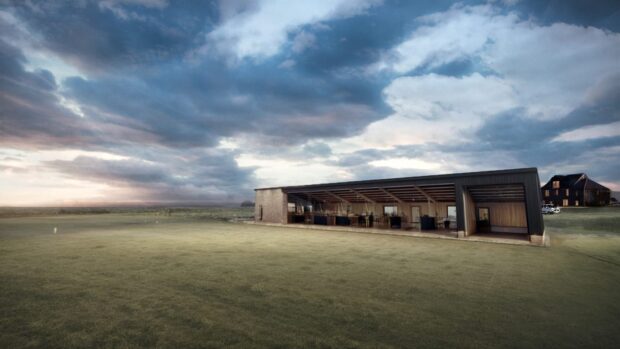When Pope Benedict XVI retired from the Papal throne in 2013 at the age of 85, I recall thinking he was one of three persons at that advanced age who still held down a prominent, public profile job.
One, obviously, is Queen Elizabeth II, still rolling along at 94. The other was Peter Alliss, the “Voice of Golf”, who died at the weekend aged 89.
The commentator, raconteur and all-round mischief-maker would probably have been tickled at the thought of being in that company. He never retired in the end, although his final commentaries in the BBC’s highlights of the Masters last month were conducted from the safety of his home in Surrey.
And in truth, the BBC’s headlong retreat from the coverage of live golf over the course of the last decade meant that Alliss’ time had really passed already. The tributes from the corporation suits this weekend are more than a little hollow – if they revered him as much as they eulogised, they wouldn’t have slashed his output to half-hour highlights packages.
Alliss was at his very best in live coverage, where he had room to ruminate, to tell his legions of stories, and to reference big and small golf clubs across the length and breadth of the country – a trick he learned from his commentating mentor “dear old” Henry Longhurst and another BBC legend he much admired, rugby’s Bill McLaren.
‘More than a good player himself’
But he wasn’t simply a TV entertainer. He’d been a more than good player himself, eight times on the Ryder Cup team, the winner of more than 20 tournaments, and a top ten finisher in the Open five times.
Part of the reason for his incredible longevity is that he knew the game, he mixed the whimsy with razor-sharp, on-the-money analysis, and he wasn’t afraid in the slightest to criticise what he considered to be shoddy or unintelligent play.
That often came across better when you heard him on US network coverage, where the producers weren’t as indulgent of the “colour” as the BBC were.
But his masterpieces were those long days, mostly at the Open, when he filled hours of airtime effortlessly. This is why the best live commentators are always to be admired, as they must fill empty space and whatever passes from their lips, they can never get back.
Alliss was prone to the occasional gaffe in his later years, but that was easily forgivable as he was on air longer than anyone else in broadcasting. On half-hour rotation for 12 hours during the first two days of every Open, he also moonlighted in his breaks for the US network.
‘The soundtrack of countless Opens’
He somehow managed it without ever noticeably repeating himself, delivering the definitive soundtrack to countless Open champions as they won the title.
Never an establishment man – he turned down an OBE – Alliss still came to personify his sport, and its entrenched and ancient attitudes. He was of his age, and unapologetic about that, even if the world and golf has moved on.
This doesn’t mean we don’t still treasure him. Fortunately the Sunday Open commentaries have been preserved and the R&A and BBC are starting to release them from the archives.
Our memories of golf’s greatest tournament will always have Peter Alliss as the soundtrack. What could be a better tribute than that?
Where does the Open go in future?
As was largely expected, the R&A have moved their announced Open venues up a year to account for the cancellation of this year’s championship.
Royal St George’s at Sandwich, this year’s scheduled venue, will now host in 2021 while the 150th Open in 2022 will be at the Old Course, St Andrews.
The R&A have now added that Royal Liverpool, originally slated for 2022, will host in 2023 and Royal Troon in 2024.
What happens beyond that is intriguing. Will the R&A revert to their quinquennial rotation at St Andrews in 2025? The policy is now not to have Opens in successive years at the five Scottish venues, so will St Andrews wait even as far as 2030?
I can see Royal Birkdale – a big R&A favourite with big attendances and so much logistical space – sliding into 2025. The pre-pandemic rumour was they were super-keen to get back to Royal Portrush after the runaway success of 2019.
Muirfield is, of course, back in the pool and is paying some dues by hosting the Women’s Open in 2022. And how does Royal Lytham, getting a rest after “some heavy lifting” for the R&A, fit into the plan, especially as we’re told the lack of space at the Lancashire venue isn’t an issue?
And Turnberry? The R&A have steered well clear of the soon-to-be-ex-President’s Scottish fiefdom even for its less celebrated championships since the Women’s Open of 2015.
Given the experience then, I suspect they won’t be going back while it has that name still on the property.

